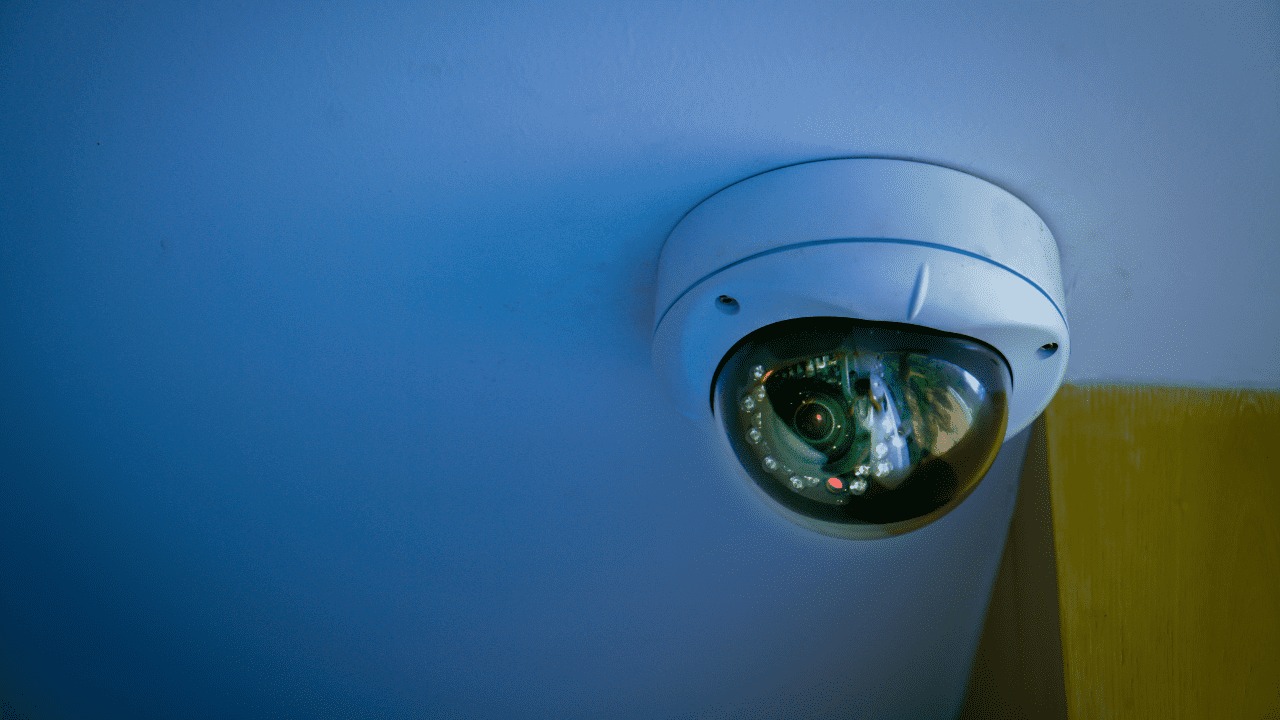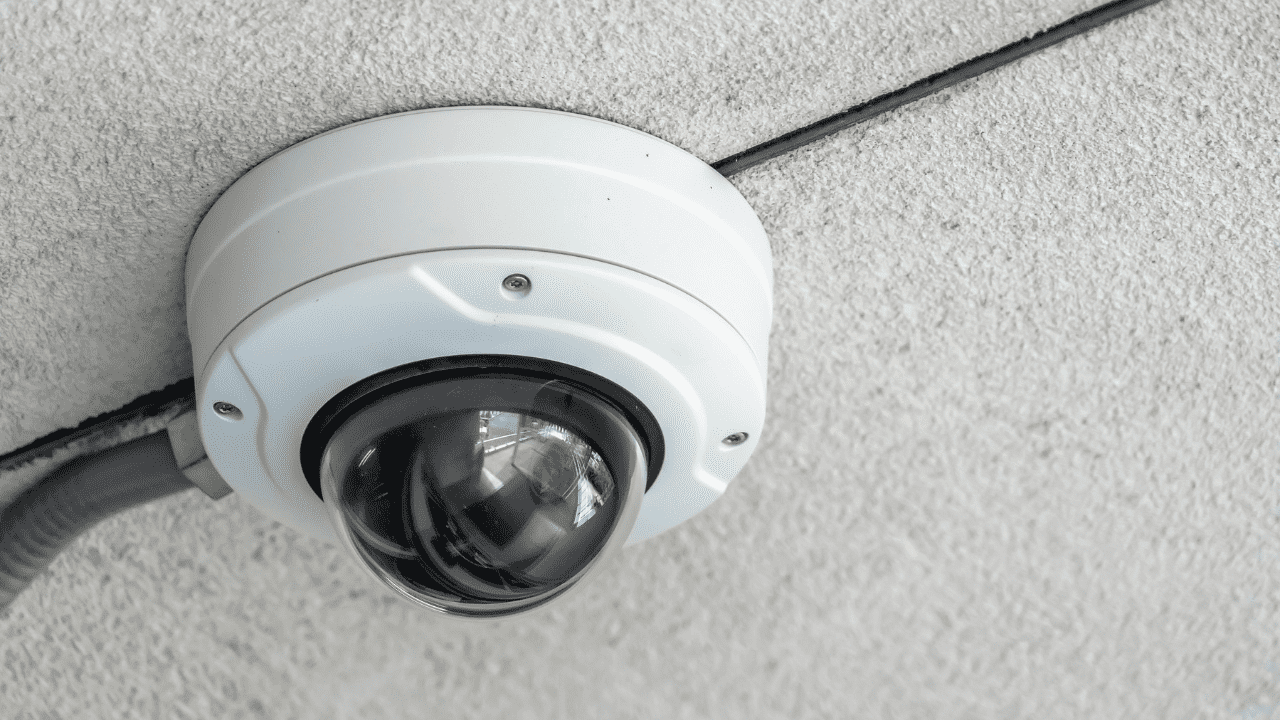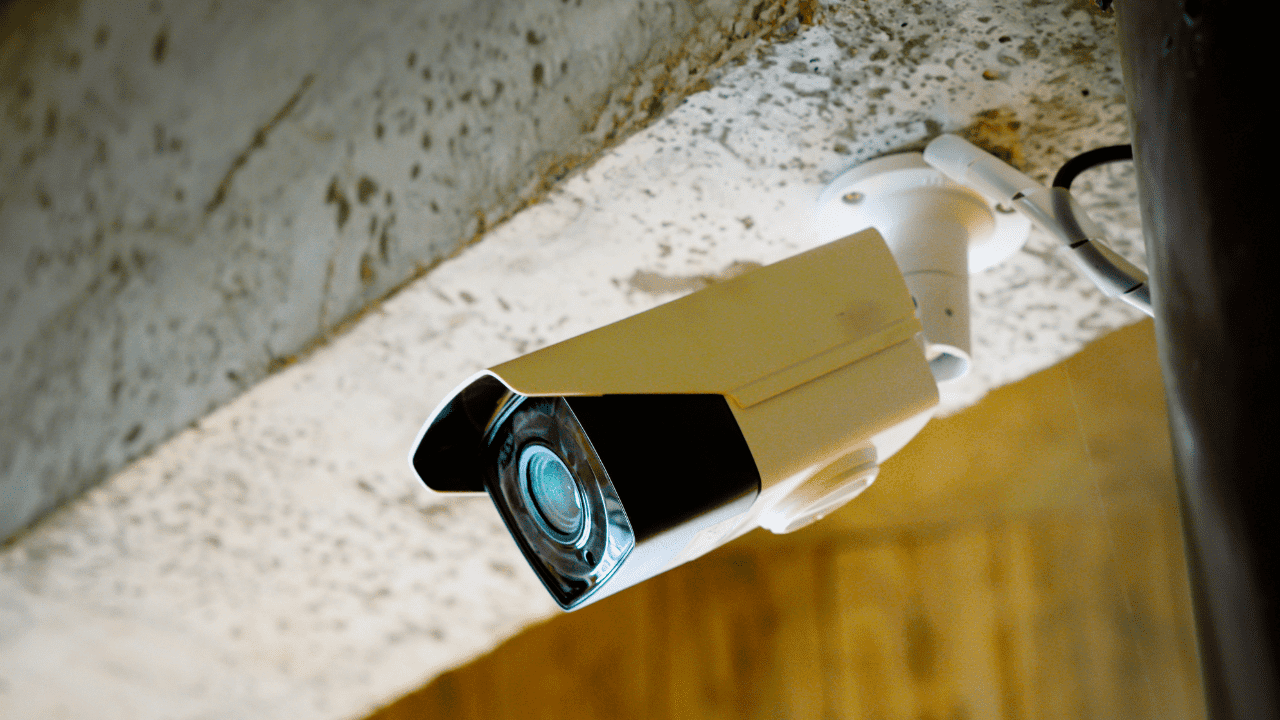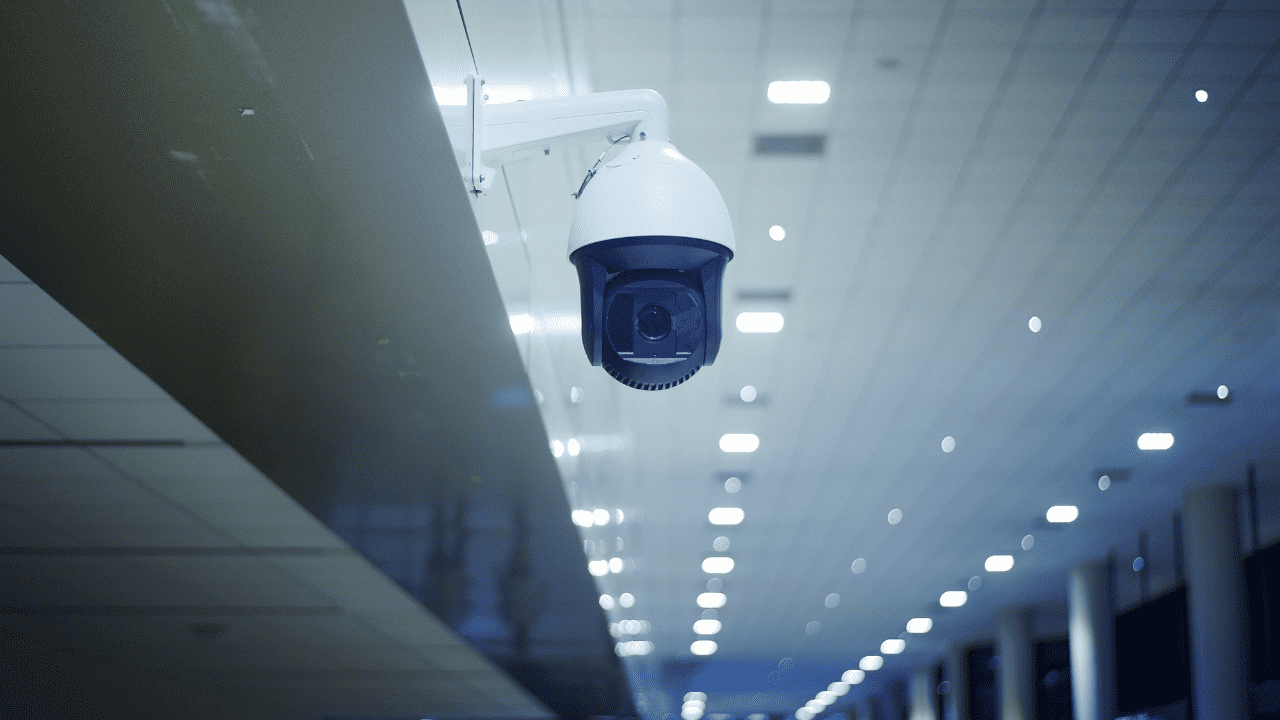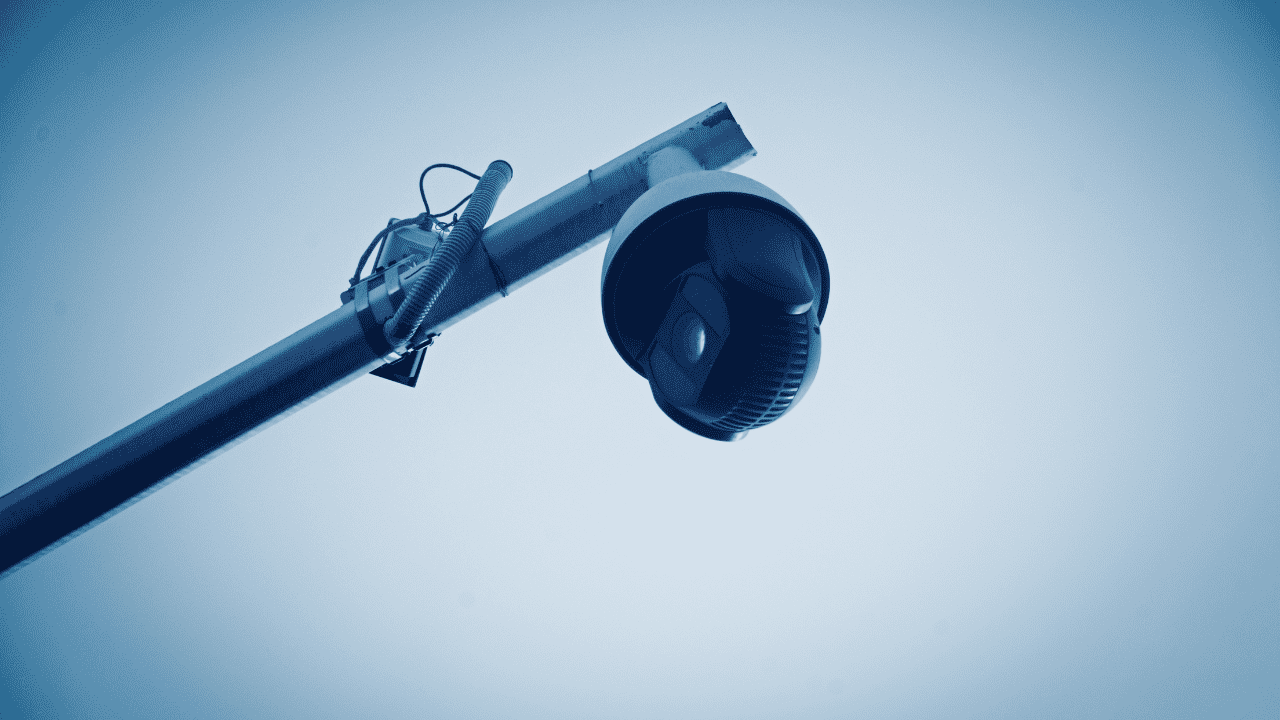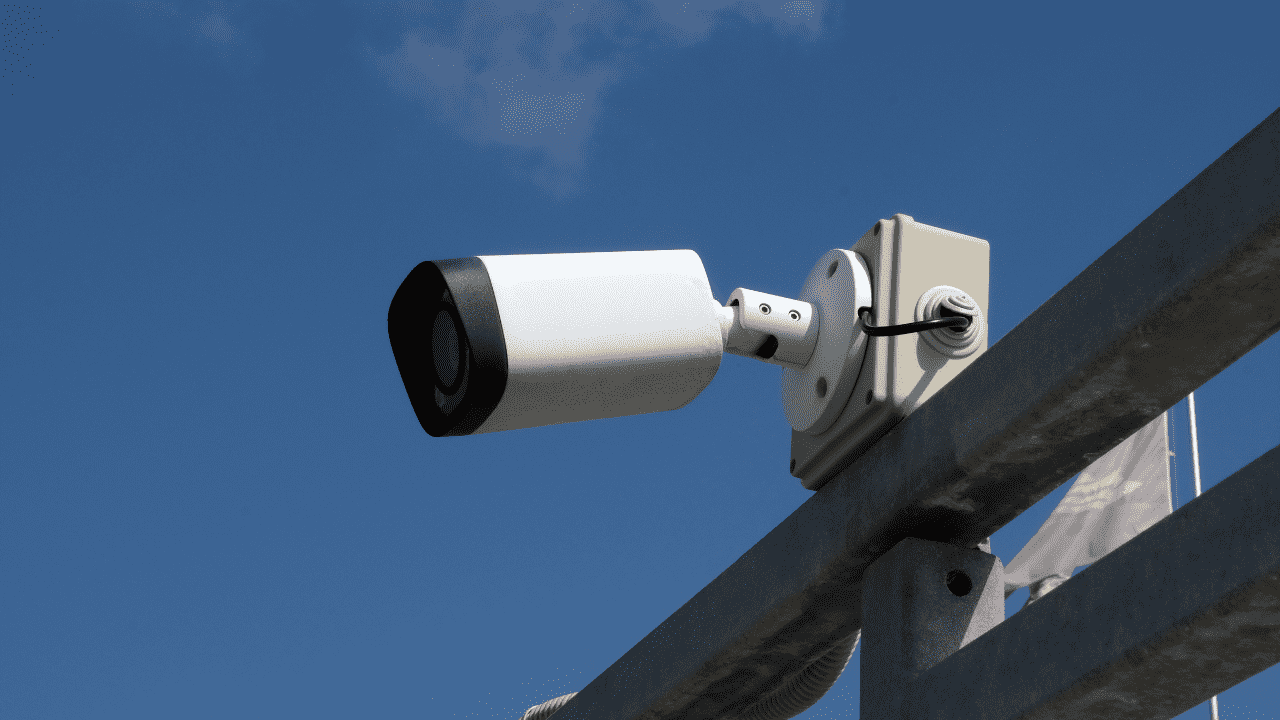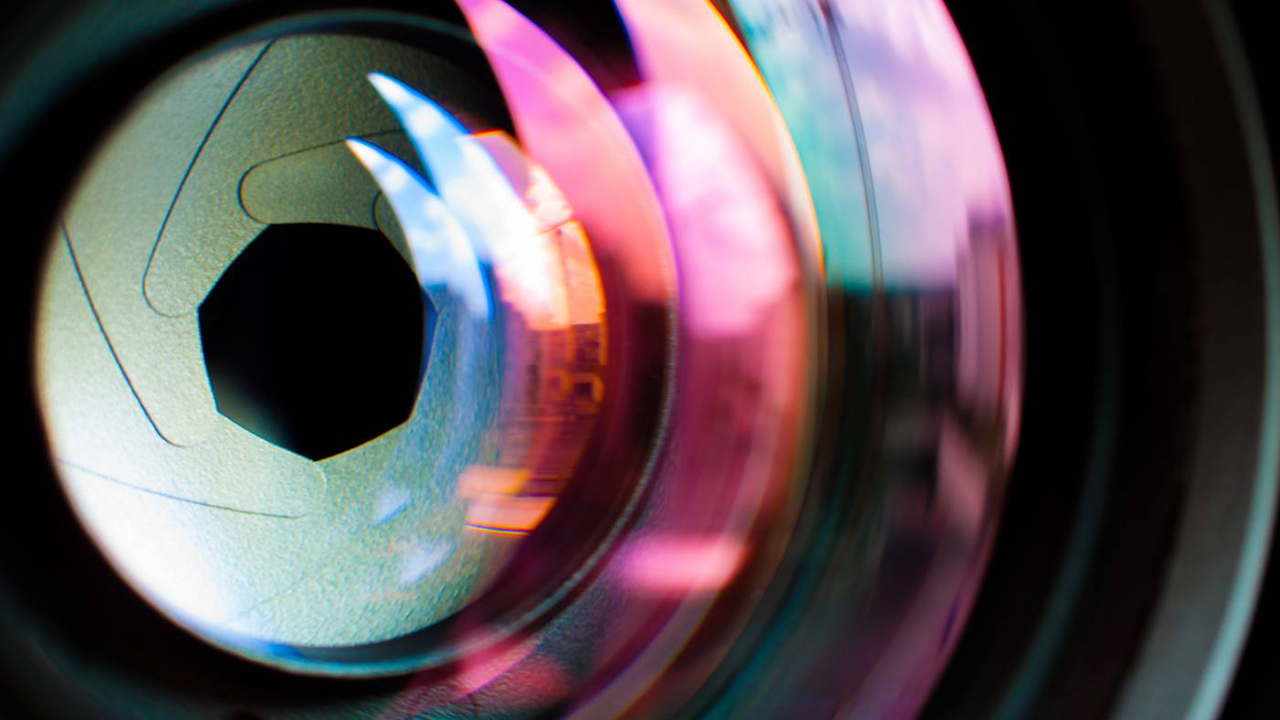
What Is Iris?
Let me tell you what is camera Iris! the camera Iris is the part of the camera that controls the amount of light that passes through the lens. If the iris creates a larger opening, more light can pass through; smaller openings allow less light to pass through. The light that the iris allows through hits the image sensor, which is recorded as electrical pulses that create a video.
For IP surveillance video, you have several different styles of camera Iriss to choose from: fixed Iris, manual Iris, auto Iris and P Iris.
Iris On A Camera But How It Works?
Iriss work by limiting the amount of light that hits the image sensor. Too much light will wash out your video, and too little light will darken everything, so it’s important to have an Iris that’s especially good for your camera position. Each of the four types of camera Iriss is slightly different, so you can choose the one that works best for you.
- Fixed Iris: On a fixed Iris, there is no way to adjust the opening that allows light to enter the camera. This type of Iris is ideal for indoor recordings where the light levels are consistent while the camera is recording, such as offices or schools with many large overhead lights.
- Manual Iris: With manual Iris, you can adjust the opening to allow more or less light by physically adjusting the Iris – this adjustment is usually made during installation, when you have easy access to the camera. This type of Iris is usually used in the same way as a fixed Iris, because if the camera is mounted in a hard-to-reach place, it can be difficult to access once mounted.
- Auto Iris: Auto irises are motorized, allowing them to automatically adjust the Iris opening based on the changing light of the day. There are two types of auto iris, DC iris (motor controlled in the camera) and video iris (controlled in the lens itself). Because auto iris security cameras use more advanced technology than fixed or manual iris, cameras with auto iris are generally more expensive but are better suited for recording in outdoor locations where it automatically adjusts for changes between sunlight and nighttime.
- P Iris: The “P” in P iris stands for “Precise,” as the Iris uses automatic adjustments, such as auto-iris, through controls in the camera software to create improved video clarity and depth of field. There is a limit to how much the iris can be closed, preventing the auto iris from overcorrecting for blurry video that can occur in bright light. Cameras with P Iriss are also more expensive than models with fixed or manual Iriss, but cameras are better for recording in places where the light is constantly changing rapidly
How Security Camera Iris Can Help You?
With four different types of security camera iris to choose from, you can choose the IP camera that best suits your surveillance needs.
Do you record in an office building and only during business hours? Fixed or manual Iriss work well with consistent light from overhead lights because they don’t need to adjust to changing light levels.
Recording outdoors or around the clock and your camera needs to be adjusted to light levels during the day and night, such as a parking lot or a construction site? Auto iris or P-iris will be your best choice as they are designed to adapt to changing light levels.
Video surveillance systems and IP security cameras from top manufacturers including Axis, Reolink and VIKYLIN offer a wide range of camera Iriss.
Together With VIKYLIN Technology
With a team of knowledgeable sales and technical support representatives, VIKYLIN team can help you learn more about iris home security camera and determine if they are the best home security system for your surveillance needs.

